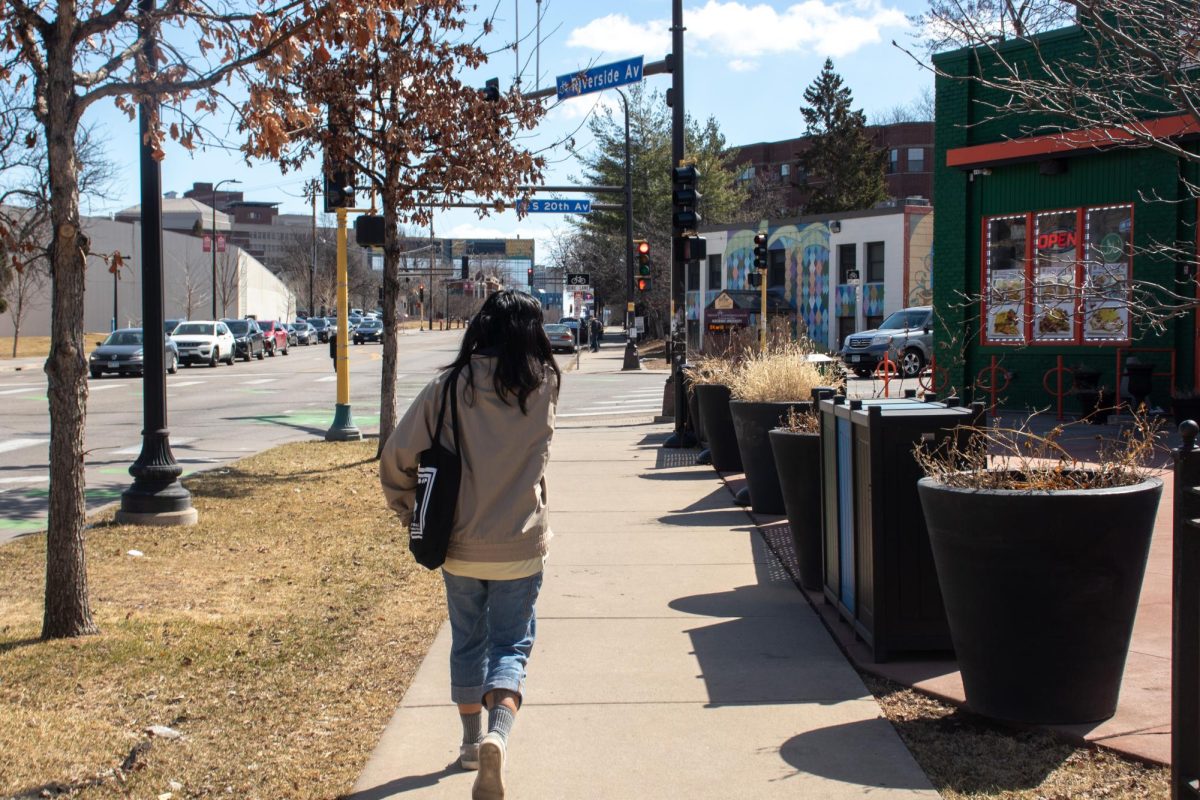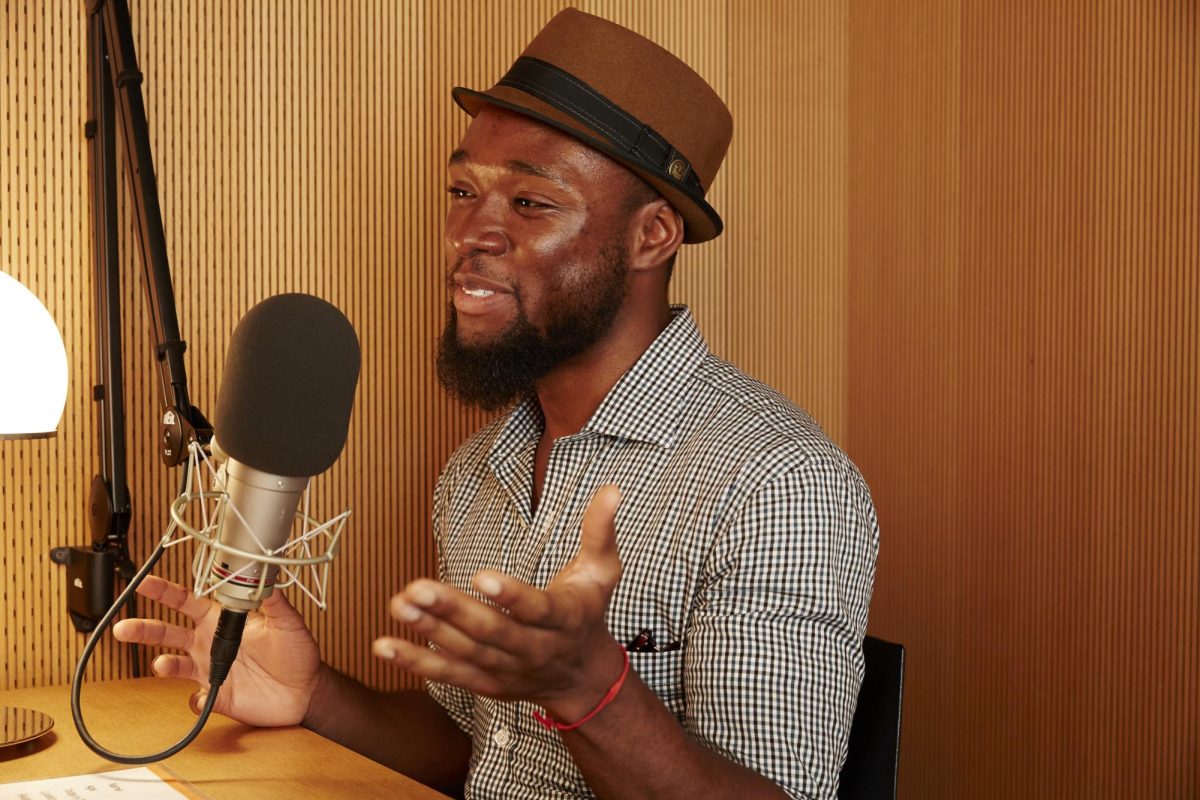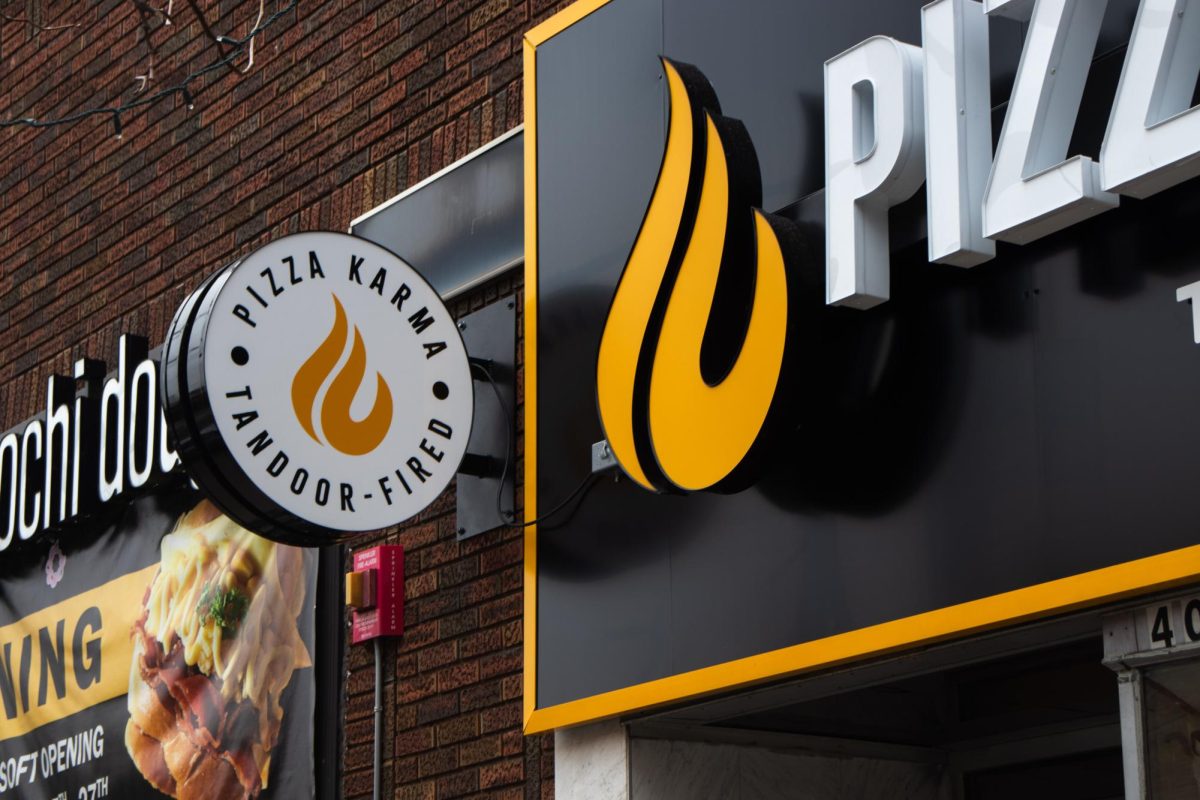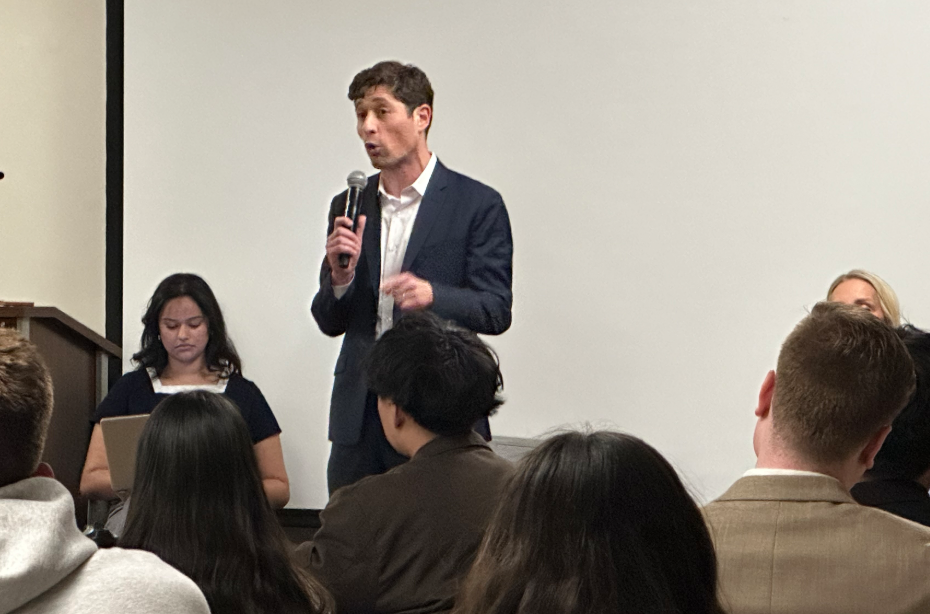The country’s top developmental psychology program will remain in the same century-old brick building for at least another year without state infrastructure funding.
The Institute of Child Development’s building at the University of Minnesota was erected in the early 1900s and required $28 million in state funding this year for a replacement. Without a capital investment bill, this project and other University infrastructure needs will roll into future legislative sessions.
The list of possible infrastructure projects exceeds an estimated $12 billion systemwide. Higher Education Asset Preservation and Replacement funding sits at the core of the school’s facilities maintenance strategy.
HEAPR funding keeps University facilities operational — from plumbing and electrical, to roofing and elevators. The longer a repair is delayed, the more expensive it may become, said Bill Paulus, associate vice president of University Facilities Management.
“The fact is, without that money, that just puts us even a little further behind, a little further in the hole on keeping up with capital renewal needs for the campus,” said Paulus, who helps to oversee University maintenance.
Of the $12 billion in estimated replacement value, the Twin Cities campus makes up more than $10 billion of those needs. The systemwide need is projected at about $4.5 billion over the next decade.
The University prioritized the $200 million HEAPR request ahead of the Institute on Child Development building replacement and $4.3 million renovations to A.B. Anderson Hall on the Duluth campus.
“We could certainly use more than that [$200 million],” said Regent Steve Sviggum. “But in all fairness and honesty, I don’t think you’ll see our request any higher because you have to be reasonable.”
Sviggum believes the University’s request will slide into next year, keeping priorities similar for capital investment.
When the University does not receive state funding for infrastructure, administrators are squeezed to find solutions.
Brian Burnett, senior vice president for finance and operations, said it can be difficult to find private donations for repairing existing buildings. The University budgets a recurring $10 million for repair and replacement, and sometimes departments will have unused funds that go toward infrastructure, he said.
“We don’t solely rely on HEAPR, but it’s just going to make it difficult to address our backlog … without [it],” Burnett said. “I think that we’re hopeful that there’s a good sized bonding bill in the next legislative session.”
Capital investment typically is not prioritized during odd-numbered years, with the state’s biennial budget taking precedence.
“There are competing demands. We feel that the governor and the Legislature fully understood why the University is a value to the state,” said J.D. Burton, University chief government relations officer.
While some statewide capital investment needs were addressed in other bills, many lawmakers said they wish they could have funded HEAPR for the University and state colleges. Some House Democrats emphasized costs will grow if infrastructure needs aren’t addressed.
Paulus said his conversations with Big Ten peers show deferred capital renewal is a national problem.
“We’re not in any way unique at the University of Minnesota,” Paulus said. “In one, having this enormous backlog, and two, not having a clear vision as to how we get out of this.”








